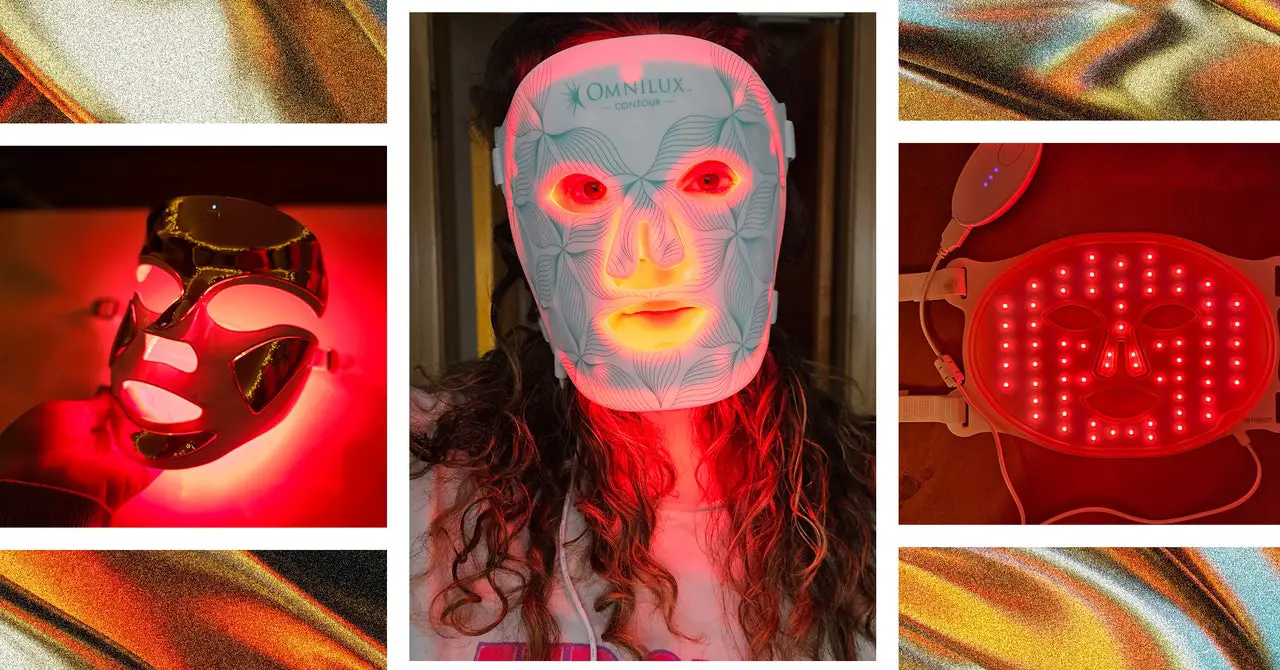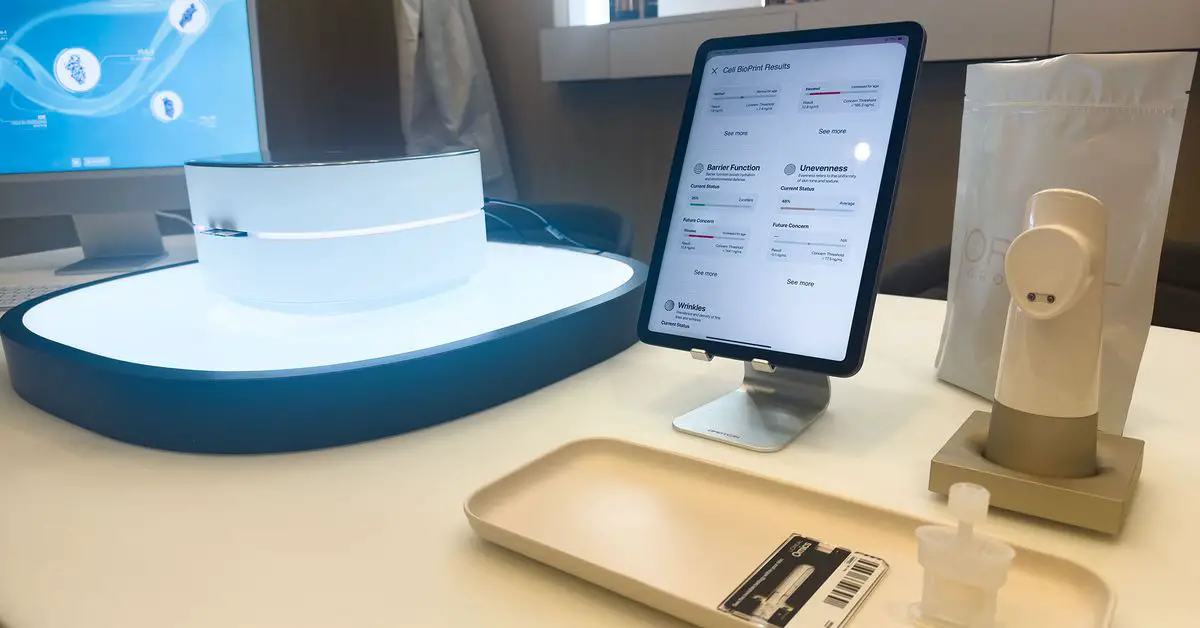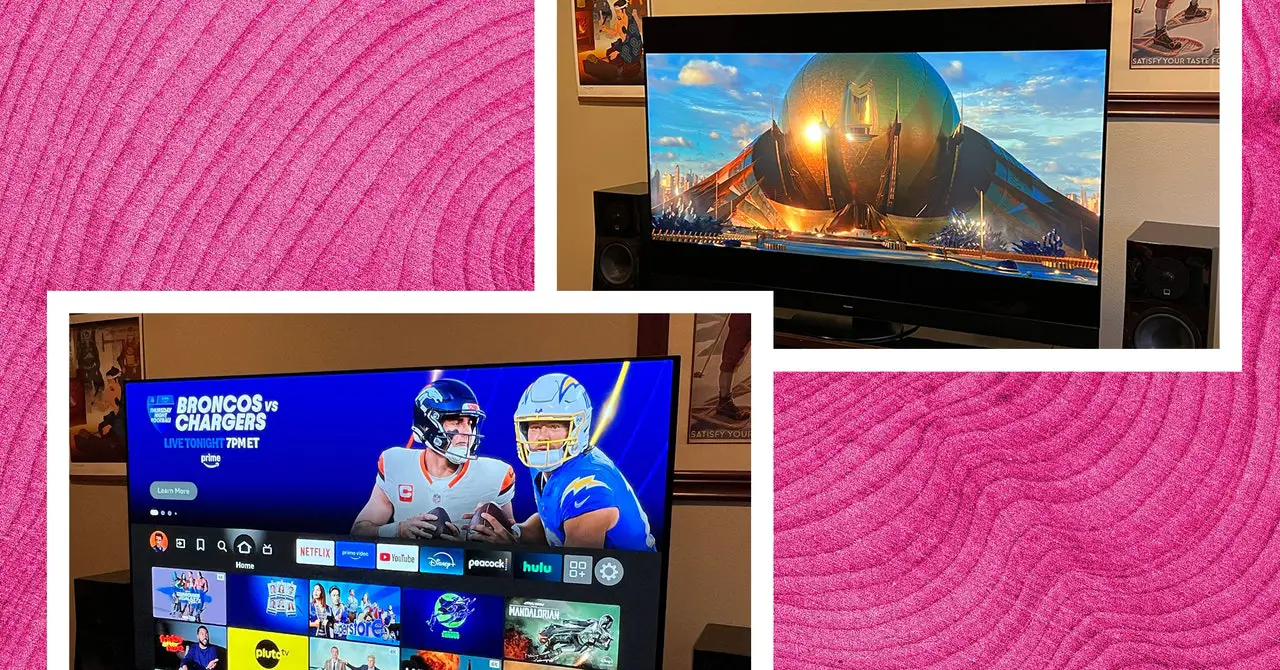
Topical retinoids, like over-the-counter retinol and prescription tretinoin, can also treat wrinkles and texture by slowing the breakdown of collagen and increasing skin cell turnover. Both retinol and LEDs typically take several months to see results, but retinoids come with more side effects, such as increased breakouts and sometimes flakey, burning skin.
Unfortunately, not everyone will see results from red or blue light therapy—and this might contribute to the suspicion around these devices and whether they work. You won’t know until you try, though you should talk to a dermatologist to see what they recommend based on your skin type. Waldman says there’s no reason to believe red light could be harmful if you’re pregnant or breastfeeding, but as there isn’t much research involving pregnant women, you should consult your physician first. We also recommend making sure the device you’re considering is FDA-cleared.
Wavelengths, Explained
Light therapy devices are often quite costly, but there’s good reason: You can’t get the same effect with just any red LED from the hardware store. If the wavelength isn’t strong enough, it won’t penetrate your skin—sorry to the one TikTokker sitting in front of a heated chicken lamp.
These are the typical wavelengths, measured in nanometers, to look for:
- Red light therapy commonly uses wavelengths in the 630 to 660 nanometer range, with the lowest effective wavelength around 600 nanometers.
- Near-infrared red lights are commonly 800 to 1,400 nanometers. These penetrate deeper into the skin and are used mostly for healing and reducing inflammation.
- Blue light is typically 405 to 420 nanometers to kill acne-causing bacteria.
How to Use Red Light Therapy and LED Face Masks
LED light therapy doesn’t work for everyone, but consistency is crucial if you want to try it. If you don’t think you’ll remember to use a light therapy mask multiple times a week, you won’t see results and it won’t be worth the money.
Follow the directions for the specific device you’re using, but in general, you’ll want to wash and dry your face and use the mask before applying any skincare products. Devices should have a set session time, usually between three and 10 minutes. Use it for the full time unless it feels uncomfortable. Apply your skincare after as normal, focusing on hydrating serums or moisturizers, especially if you’re prone to dryness. Do not use these masks longer than indicated in their directions.
While you can use red light therapy and retinoids in your routine, Waldman doesn’t recommend using them simultaneously as it can increase the chance of irritation.
Take some photos before you start using a mask so you can track progress. You may not see dramatic results immediately, but with photos, you can at least tell if something is happening.
Our Testing
I’ve been using the Omnilux Contour LED mask, which is among the most popular LED face masks right now. The red light wavelengths are 633 nanometers and near-infrared are 830 nanometers. It has preprogrammed 10-minute sessions and the company says to use it three to five times a week for four to six weeks. Then you’ll want to keep up the results by using the device occasionally after that.
Six weeks was not long enough for me to see results—I ended up using it for three months straight. Sadly, I haven’t noticed much of a difference in my wrinkles. Some people may see results sooner, but Waldman says that three months is typically the earliest amount of time that you’d see results. “You didn’t get wrinkles overnight and they’re not going to go away overnight. Consistency and patience are key,” she says.






